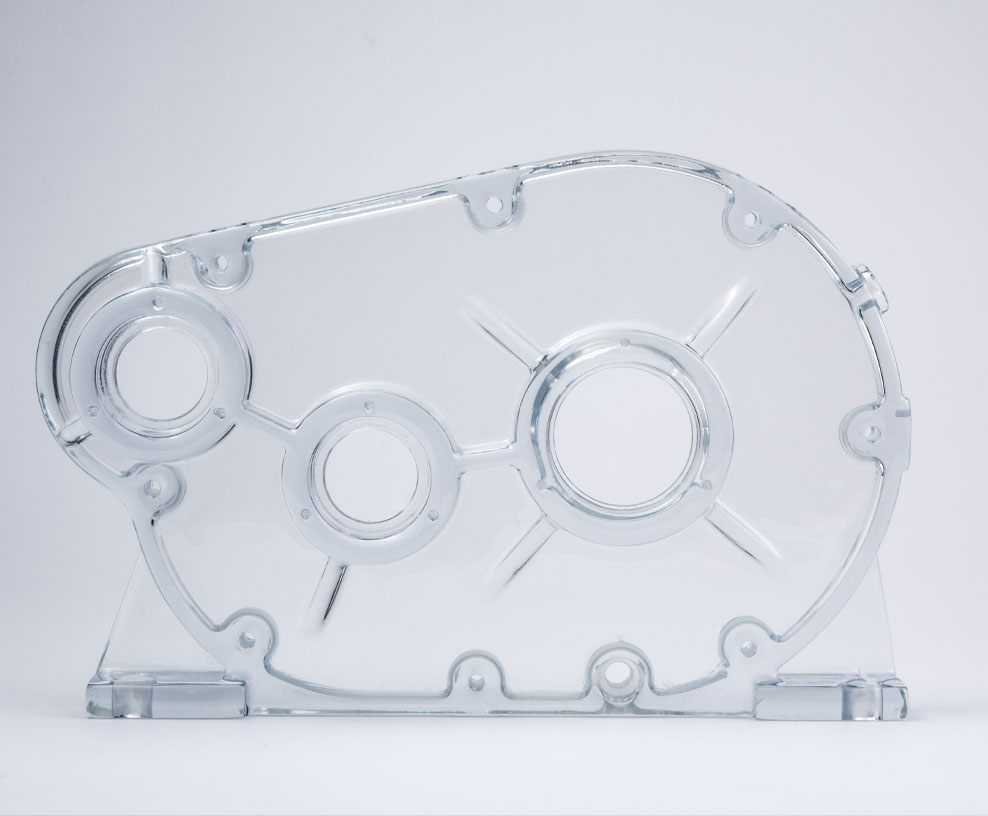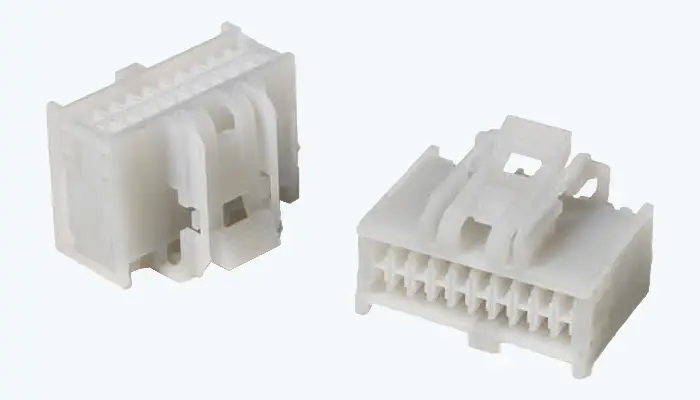Resources
-
Tech Sheets
-
Compared to other 3D printing processes, stereolithography parts are easy to sand in order to achieve smooth finishes. Clear resins are also available, allowing the end user to obtain optically clear parts.
Finishing options include:
- Painting
- Clear part finishing
- Dyeing
- Color matching
- Metallic plating
- Clear coating
- Insert and hardware installation
- Silk Screening
- Pad Printing
Post Processes

Compared to other 3D printing processes, stereolithography parts are easy to sand in order to achieve smooth finishes. Clear resins are also available, allowing the end user to obtain optically clear parts.
Finishing options include:
- Painting
- Clear part finishing
- Dyeing
- Color matching
- Metallic plating
- Clear coating
- Insert and hardware installation
- Silk Screening
- Pad Printing
Technical Info
Parts can be printed in single piece as large as 29” x 25” x 21”
Tolerances may change depending on the part geometry, but common tolerances are + 0.004” for the first inch and + 0.002” for each inch thereafter.
At normal layer thicknesses, walls as thin as 0.010” can be produced. At higher resolution builds, wall thicknesses at 0.0025” can be achieved
Minimum feature size is 0.005” to 0.010” depending on the layer thickness while printing
Minimum hole size is 0.020” to 0.025” depending on the layer thickness while printing
Engraved lettering should be designed at 0.015” tall or wide and 0.015” deep
Raised lettering should be designed at 0.020” high and 0.020” tall and wide

Tech Sheets
Other Services:
No services foundGet in Touch with Us
Reach Out for Inquiries, Assistance, and More
Please contact us if you have any questions, comments or require
Need a Quote?
Features of our quoting system
Upload Files Directly
Just simply create an account, and upload your 3D files.
24 Hour Access
It can be hard to get things done over the phone, just use our system any time of day.
Digital Quotes
Upload your files, and we will send you a personalized quote.
Experienced Manufacturers
You can trust the brand Additive Manufacturing LLC
Best Prices
We offer competitive pricing to any client, small or large.
Register for your quote
